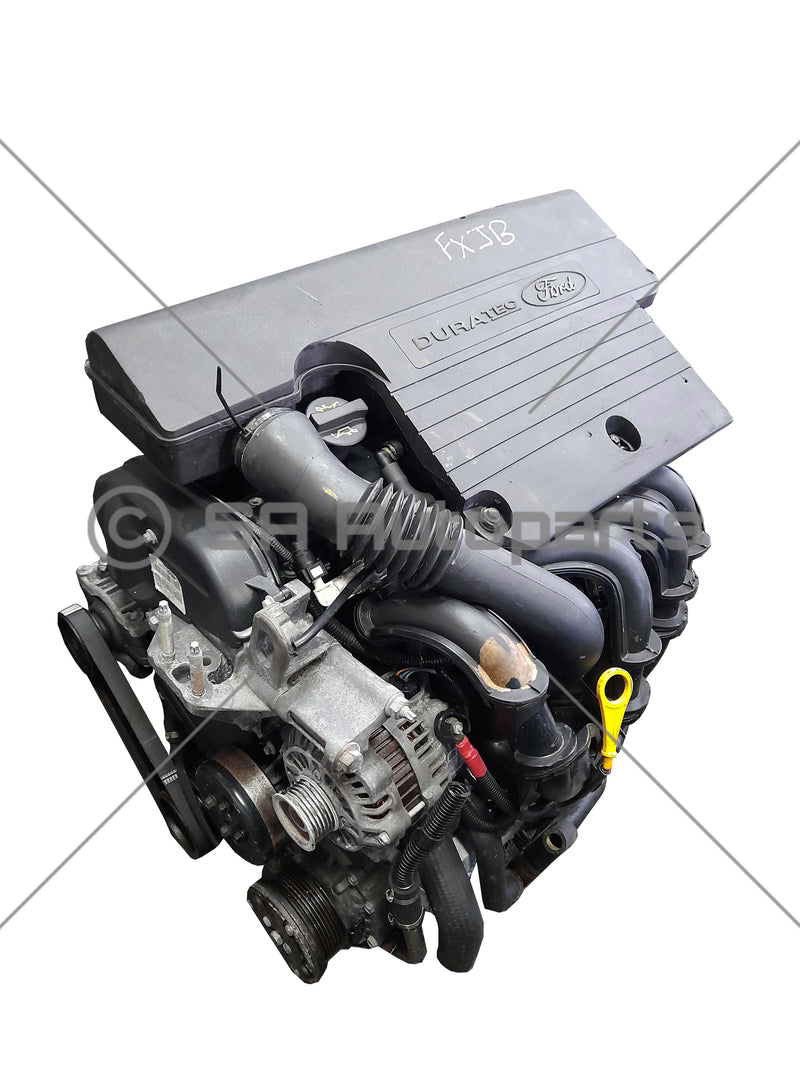Essential Services for Keeping Your Ford Fiesta Engine in Peak Condition
Unlocking the Power of Engines: A Comprehensive Guide to Efficiency and Efficiency
Understanding the detailed technicians of engines is crucial for both performance enthusiasts and day-to-day drivers. The answers may redefine our approach to engine efficiency and performance in methods that are both enlightening and vital.
Comprehending Engine Fundamentals
What comprises the basic technicians of an engine? At its core, an engine is an equipment created to transform fuel into mechanical power with a series of controlled surges or combustion processes.
The crankshaft after that transforms this linear movement right into rotational power, which eventually powers the car. The camshaft regulates the opening and closing of the shutoffs, controling the intake of air and gas and the expulsion of exhaust gases. In addition, the engine depends on a thoroughly adjusted fuel-air mix, ignition system, and cooling system to ensure optimum performance and performance.
Understanding engine essentials also involves identifying the importance of engine cycles, such as the four-stroke cycle, that includes intake, exhaust, compression, and power strokes. Each stage is crucial in making sure the engine works smoothly and properly. Mastery of these essential technicians prepares for discovering much more intricate engine dynamics and efficiency metrics, essential for enhancing both power result and performance.
Secret Efficiency Metrics
Trick performance metrics are vital for evaluating an engine's effectiveness and power outcome, offering useful understandings for both manufacturers and consumers. These metrics function as criteria for engine efficiency, enabling informed choices in purchasing, manufacturing, and style.
Among the key metrics is horse power, which evaluates the engine's capacity to perform work over time. Torque, measured in pound-feet, is one more vital statistics that suggests the engine's rotational force, directly influencing velocity and lugging ability. Gas effectiveness, normally gauged in miles per gallon (MPG) or litres per 100 kilometers (L/100km), analyzes just how successfully the engine converts fuel into motion, impacting operational prices and ecological considerations.
In addition, thermal effectiveness steps how well an engine converts gas power into helpful job, disclosing insights into energy losses largely via warm. Emission degrees, consisting of CO2 and NOx, are likewise vital, reflecting the engine's ecological effect and conformity with governing requirements.

Tuning Strategies for Efficiency
Tuning techniques play a significant role in enhancing engine performance by enhancing efficiency metrics recognized in earlier conversations (ford fiesta engine). Various techniques exist to make improvements an engine, each adding to boosted web link gas economy and minimized exhausts
One reliable strategy is readjusting the air-fuel proportion, making sure the engine runs within the ideal burning routine. A leaner blend can improve fuel efficiency, but it has to be balanced to prevent misfires or engine knock. In addition, reprogramming the engine monitoring system can rectify specifications such as ignition timing, which even more improves efficiency while maintaining power result.
One more important method entails customizing the intake and exhaust systems. Updating to high-performance air filters and exhaust headers can decrease back pressure, promoting far better airflow. This enables the engine to breathe even more freely, leading to boosted combustion performance.
In addition, the application of advanced adjusting tools, like dyno screening, offers precise information that allows targeted adjustments. Routinely keeping track of these efficiency metrics ensures that adjusting initiatives yield the preferred efficiency results. Collectively, these methods not only boost engine performance however additionally contribute to lasting sustainability in engine operations.
Upkeep for Optimal Efficiency
Regular engine maintenance is essential for accomplishing optimal efficiency and longevity. A well-kept engine not just operates effectively yet likewise decreases the risk of expensive repairs and break downs. Trick components needing normal attention include oil, filters, you can try this out belts, and trigger plugs.
Changing the engine oil at recommended periods is critical, as oil lubes relocating components and protects against overheating. Replacing oil and air filters makes sure that impurities do not impair engine feature. Overlooking these elements can cause lowered performance and potential engine damage.
Additionally, checking and changing used belts and tubes is essential to prevent unexpected failures. Timing belts, particularly, must be changed according to the supplier's timetable to stay clear of tragic engine damage.
Spark connects must additionally be inspected and replaced as required, since they play a vital role in ignition and fuel efficiency.
Future Trends in Engine Technology
Welcoming improvements in innovation, the future of engine design is positioned to transform performance and effectiveness across numerous applications. Hybrid and totally electric powertrains are coming to be progressively mainstream, using decreased exhausts and enhanced gas effectiveness.
Furthermore, innovations in materials scientific research are causing lighter, more powerful elements that boost engine efficiency while minimizing power consumption. Advanced production techniques, such as 3D printing, enable the development of intricate geometries that enhance air movement and this post thermal management, therefore maximizing combustion procedures.
Additionally, the combination of expert system and equipment learning is readied to change engine diagnostics and efficiency adjusting. These technologies can examine vast amounts of data in genuine time, making it possible for predictive maintenance and customized efficiency improvements.
Conclusion
In conclusion, opening the power of engines requires a complete understanding of their auto mechanics and performance metrics. Executing effective tuning strategies and sticking to normal upkeep methods substantially improve engine capabilities.
Furthermore, the engine counts on a thoroughly calibrated fuel-air mixture, ignition system, and cooling down system to guarantee optimal efficiency and efficiency.
Understanding engine essentials likewise entails acknowledging the significance of engine cycles, such as the four-stroke cycle, which consists of intake, exhaust, compression, and power strokes. Mastery of these basic mechanics lays the foundation for checking out more intricate engine dynamics and performance metrics, crucial for maximizing both power outcome and effectiveness.

Embracing advancements in technology, the future of engine design is poised to revolutionize performance and performance throughout numerous applications.